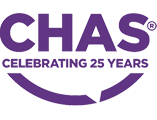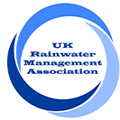How does Rainwater Harvesting reduce Carbon Emissions?
When rainwater falls on our roof areas, it is clean and clear with virtually no contaminants. If you do not have a rainwater harvesting system, this water goes down your gutters in the stormdrain and is mixed with dirty surface water of much poorer quality with all sorts of contaminants. Together this is transported miles and miles to the nearest treatment facility to be cleaned up ready for use as mains water. Transportation involves massive pumps with a huge carbon footprint.
This is such a waste; to let essentially clean water be mixed with dirty water to have it cleaned again! It is much better for the environment to put it through the localised, minimal filtration process provided by a rainwater harvesting system, for use immediately on site.
With our ever-growing population and aging Victorian water and sewerage network the water industry is facing huge infrastructure costs in order to be able to meet our increasing demand for water, as well as to repair our leaky, inadequate existing network. This all has a cost and all has a carbon impact.
More on the figures
For every 1000m3 of rainwater used, rather than mains water, we can save 285Kg Co2e.
One of Stormsaver’s clients has 139 systems installed across their estate and estimates show that not only have they saved over 2 billion litres of water but over 375,000kg Co2e!
So if you are considering rainwater harvesting as a way of achieving water neutrality, you now get 2 for the price of 1, by saving carbon as well. This can help towards achieving BREEAM Excellent ratings as well as meeting your own sustainability goals.









